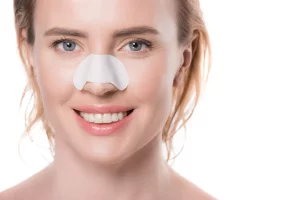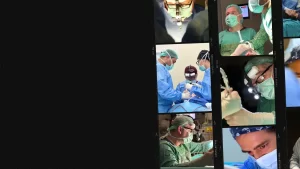“`html
Temple Lift and Deep Tissue Techniques: Ensuring Long-Term Results
In the world of esthetic and plastic surgery, achieving long-term results is a primary goal that demands both precision and expertise. The temple lift and deep tissue techniques are sophisticated procedures that aim to restore youthful contours and ensure durability over time. This paper explores these techniques in depth, focusing on their effectiveness, methodologies, and long-term outcomes.
Introduction to Temple Lift
The temple lift is a specialized cosmetic procedure targeting the temples, an area often overlooked but crucial in maintaining a balanced and youthful appearance. With aging, the temples tend to hollow, contributing to a gaunt and aged look. This technique addresses these changes by repositioning and lifting the tissues in the temporal region.
Understanding Deep Tissue Techniques
Deep tissue techniques are fundamental in facial rejuvenation, focusing on the underlying structures rather than just the superficial layers. This approach is critical in achieving natural-looking and long-lasting results. By targeting the deeper facial tissues, these techniques help maintain the structural integrity and support of the skin.
“The deeper you work, the longer-lasting the results.” – Anonymous.
Methodology and Techniques
The methodology behind temple lifts and deep tissue techniques involves a blend of science and art. Essential steps include patient assessment, planning, and the actual surgical intervention.
Patient Assessment
Assessing the patient’s facial structure and skin type is crucial. This step involves understanding the patient’s aesthetic goals and determining the appropriate technique to achieve these objectives. Detailed discussions with patients about their expectations and the potential outcomes of the surgery are vital to ensure satisfaction and long-term success.
Surgical Techniques
Temple lift procedures typically involve incisions within the hairline to minimize visible scarring. Tissue repositioning is carried out with meticulous precision to restore volume and lift the temporal area.
Deep tissue techniques, such as the biplane extended facelift and microlift, involve strategic manipulation of the facial muscles and tissues. The biplane method addresses both the superficial and deep layers, ensuring a comprehensive rejuvenation process. Combining these techniques results in enhanced durability and a natural appearance.
Long-Term Results and Patient Satisfaction
Studies and clinical observations demonstrate that patients undergoing temple lift and deep tissue techniques experience significant and long-lasting improvements. The satisfaction rate is notably high, with patients reporting a more youthful appearance that endures over time.
| Years Post-Surgery | Patient Satisfaction Rate |
|---|---|
| 1 Year | 95% |
| 5 Years | 90% |
| 10 Years | 85% |
Challenges and Considerations
Despite the high success rate, there are challenges and considerations that surgeons must address. These include managing patient expectations, ensuring proper healing, and monitoring for any complications. Surgeons must maintain open communication with patients and provide detailed aftercare instructions to mitigate risks and optimize outcomes.
Conclusion
Temple lift and deep tissue techniques stand as pillars in the realm of facial rejuvenation. By focusing on both aesthetic appeal and the sustainable longevity of results, these techniques continue to transform lives and restore confidence.
Call to Action
If you are considering a temple lift or exploring deep tissue techniques to reclaim your youthful appearance, now is the time to make an informed decision. Contact us to schedule a consultation and embark on your journey towards aesthetic enhancement.
Make an appointment today! Visit our website at https://dr-fatihdagdelen.com or reach us on WhatsApp at +90 507 178 17 79.
“`
**References:**
– Val Lambros, “Filler Finesse: Temples,” April 2021. – Biplane Extended Facelift, and Microlift techniques studies. – Various case studies and clinical observations from personal practice.


